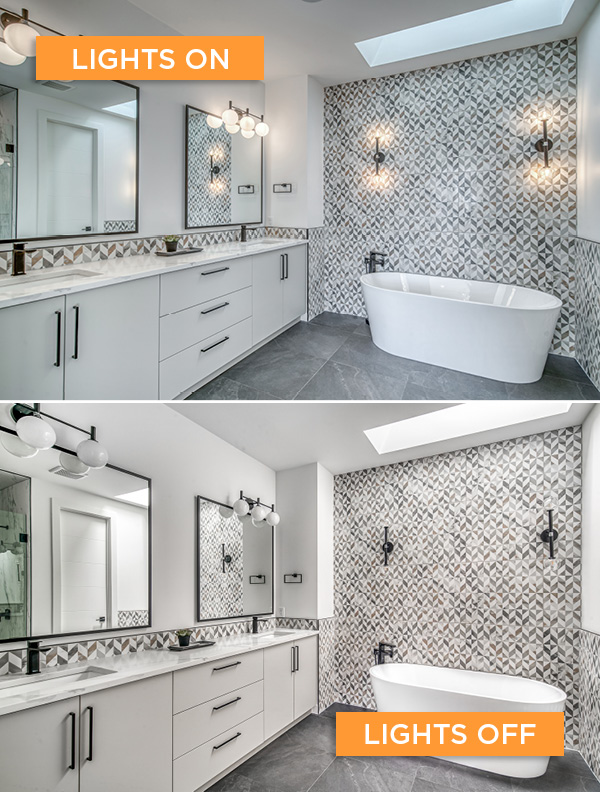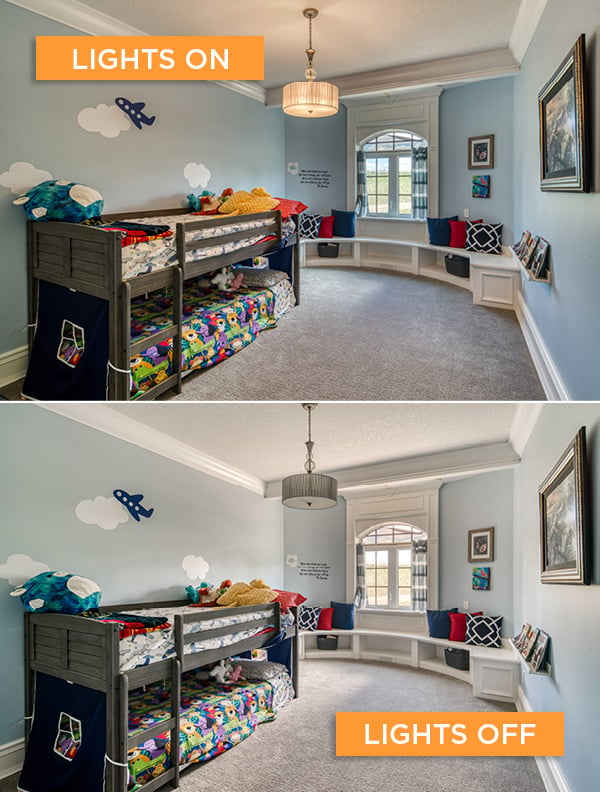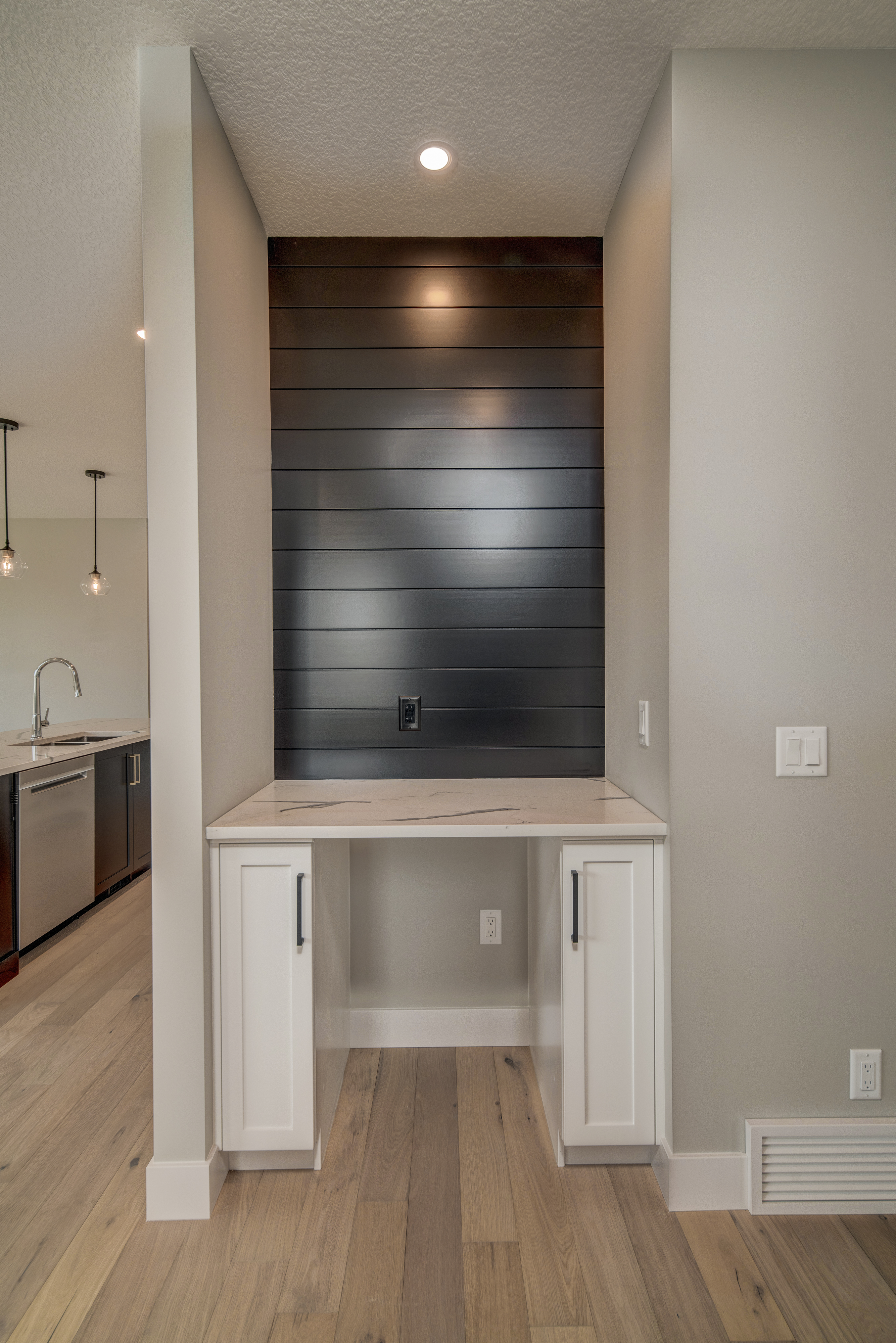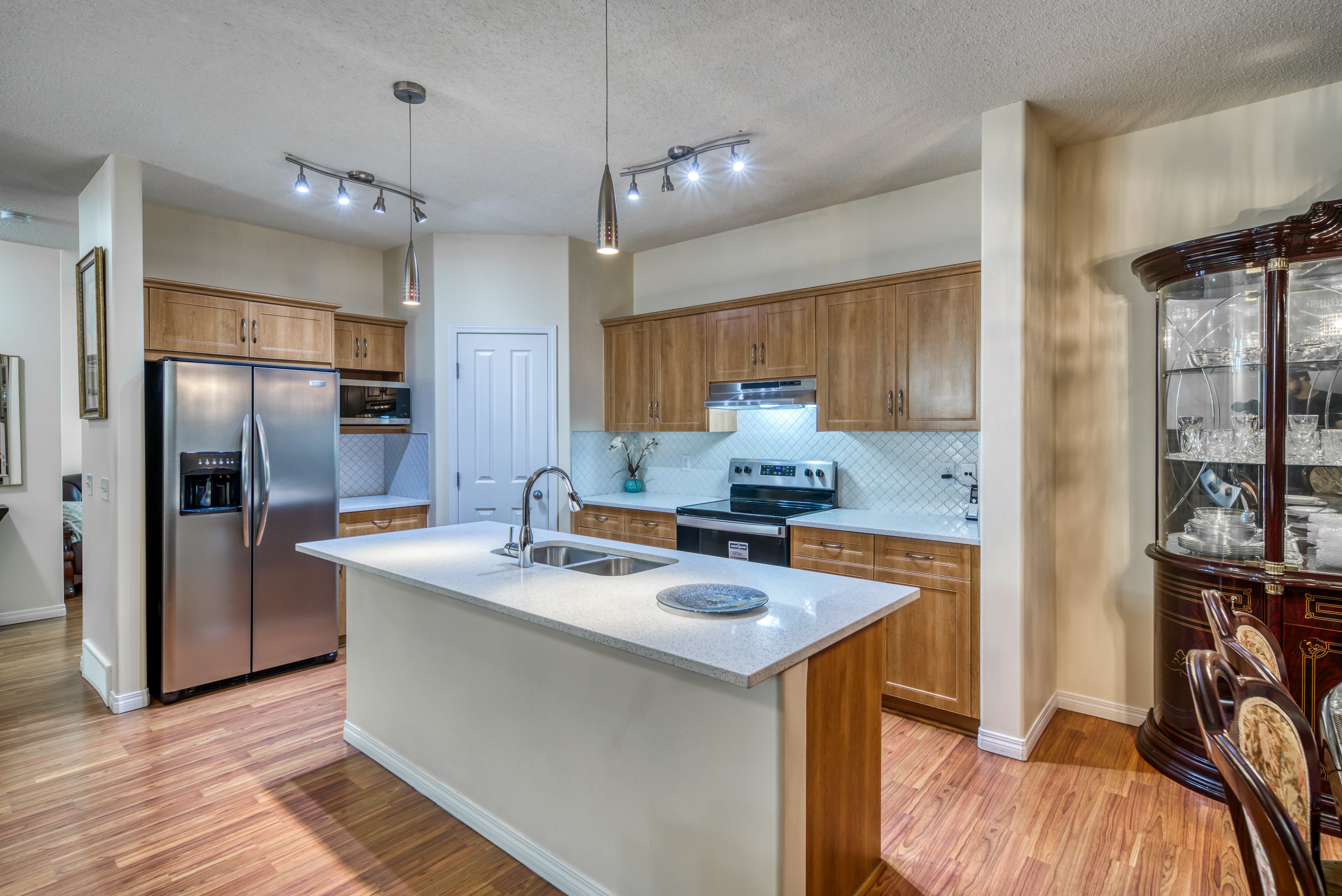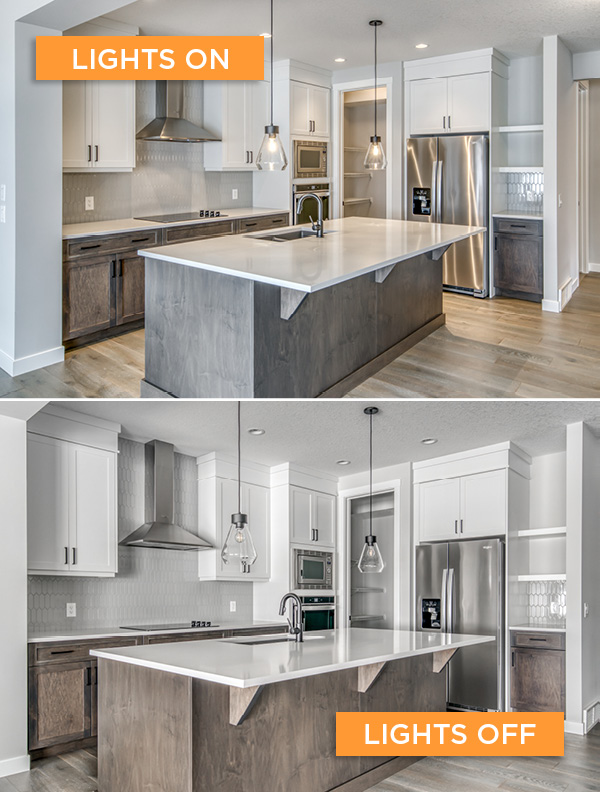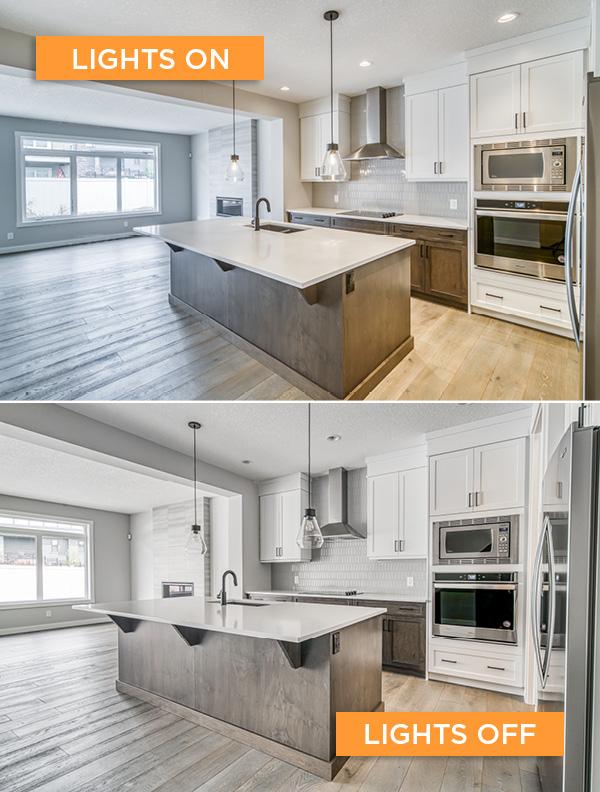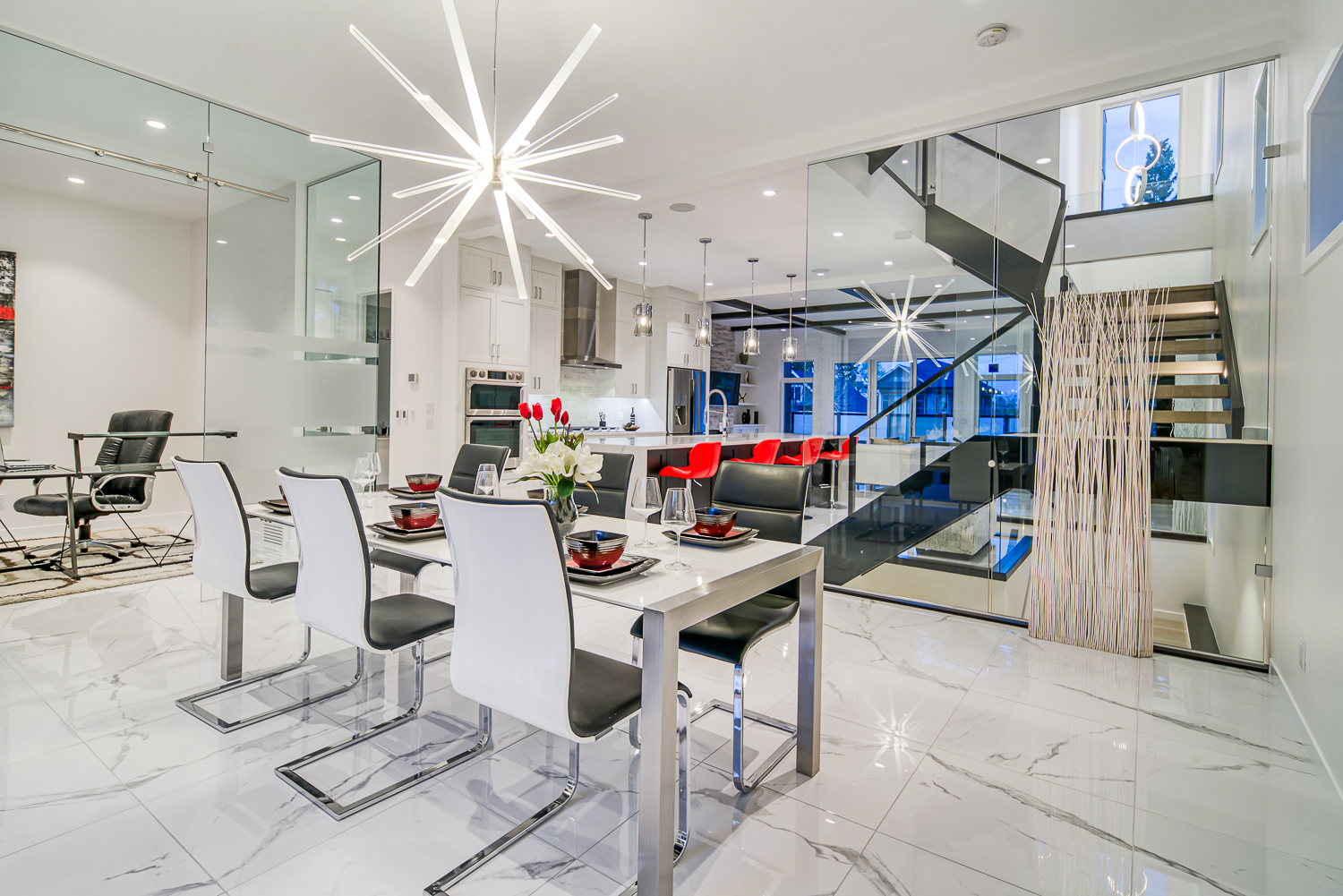
02 Jun Lights On or Off? When to Break Property Photography Rules
Real estate photography is tricky. If it were so easy, everyone would do it. It’s important work, because at the end of the day, it’s the difference between a seller being able to sell and a buyer wanting to buy a property. Property photographers must invest in the latest equipment and keep their skills sharp to deliver the highest quality results. The technological landscape, interior design trends, and the real estate industry as a whole moves so quickly, that the techniques photographers employ to create stunning photos may confuse realtors who choose to work with them.
One of the most common questions we receive as professional property photographers is, “Are the interior lights supposed to be left on or turned off?” And our answer to that is: Yes, no, and maybe.
However, there are exceptions to every rule.
There are so many factors that go into eye-catching real estate photographs. The time of day, interior lighting conditions, and every property will differ. As a result, a hard and fast rule for lighting interior photographs will not always apply. Professional photographers assess properties on a case-by-case basis and use their best judgment to capture the space in a way that will make buyers fall in love at first light. Remember, your photographer is on your side and wants to help you get buyers in the door and ultimately sell the property. So, their job is to depict the space in a way that is accurate, realistic, and emotionally stimulating.
You may be wondering, in what specific situations is it okay to turn interior lights OFF in photos? Below we’ve outlined a few examples where your professional photographer may use their best judgment and turn the lights off to enhance your listing photographs.
Situation #1: Editorial Shoots for Magazines
Situation #2: To Achieve Colour Balance on the Walls
Certain rooms in a home have warmer lighting conditions and will warp up the colour of the walls, making the walls look unnatural. To gain a better understanding of what we mean by this, let’s apply some basic colour theory. Imagine yourself in a room with blue walls and yellowish warm-toned interior lighting. You walk over to the light switch, turn the lights on, all of a sudden, the blue walls transform into a muddied green shade. Yikes! In this case, turning the lights off, shooting with natural lighting, and adjusting the exposure and colour accuracy can drive a better end result for the final photographs.
Situation #3: To Avoid the Spotlight Effect
What can we say, some surfaces are just not meant for the spotlight! Leaving interior lights on can create spotlights on kitchen cabinets and other surfaces that can be an eyesore in professional photographs. These spotlights are created regardless of whether the lighting source is warm or cool, and are more likely to show up on darker surfaces, although they do make an appearance on lighter surfaces, too. In these situations, it’s best to turn to natural daylight to fill the room.
Situation #4: To Avoid the Look of “Stained” or “Burnt” Cabinets
Lighting types that give off warmer tones will turn whites of cabinets into beige, giving them a “stained look”.
Anything Glows!
It’s important to remember that your photographer should be open to communication and take your preferences into account. If you personally prefer to capture your listings a certain way (all the interior lights turned on, all the time, for example), that’s totally fine! Any professional photographer you hire should be flexible and cater to your needs. Your media team should strive to appeal to sellers, buyers, and the realtors they partner with.
What are your thoughts? Do you encourage your photographer to use their best judgment and shoot the property accordingly? Or do you prefer hard and fast rules when it comes to real estate photography – no matter how the final product looks in the end? Let us know in the comments!


